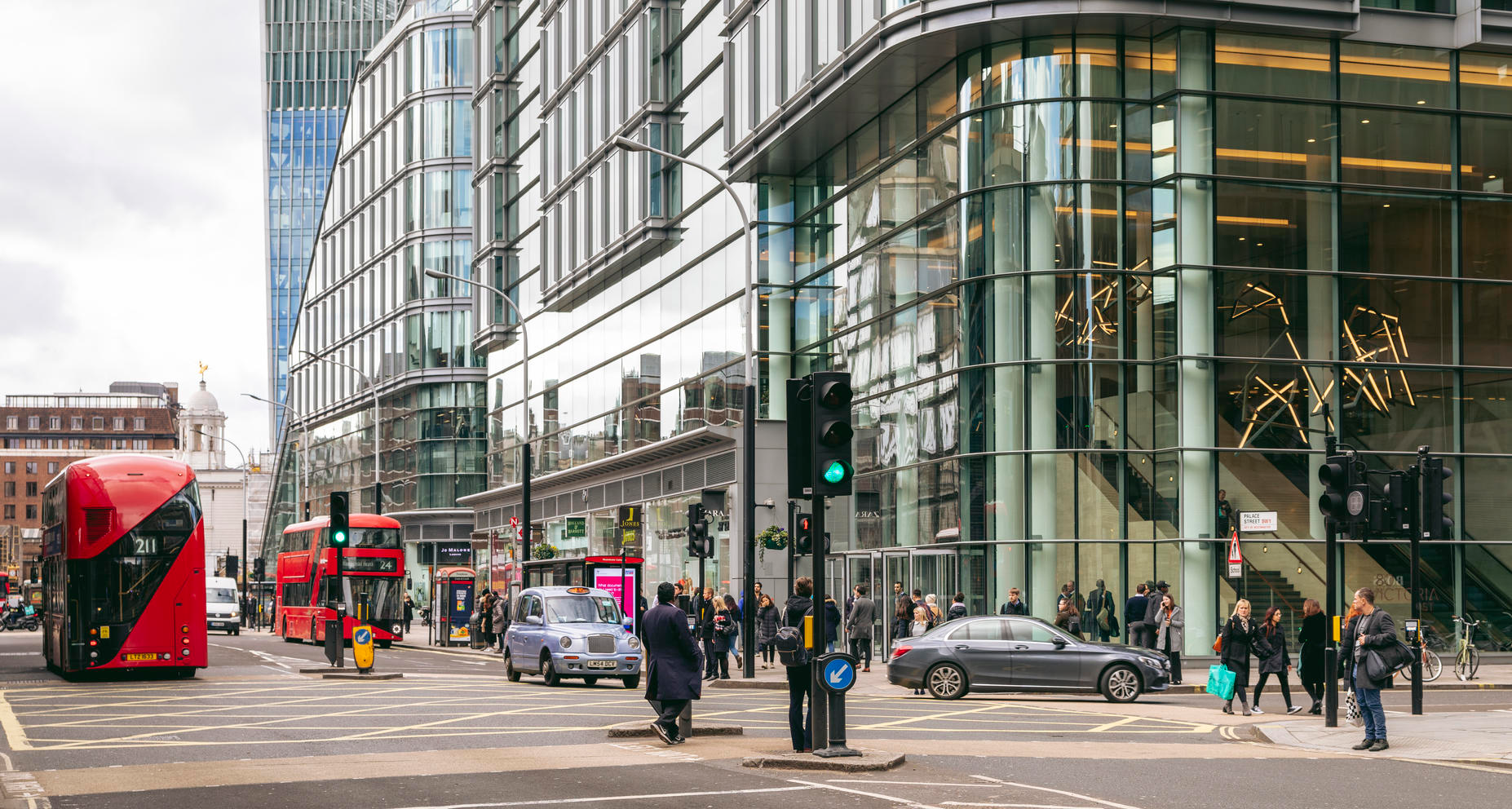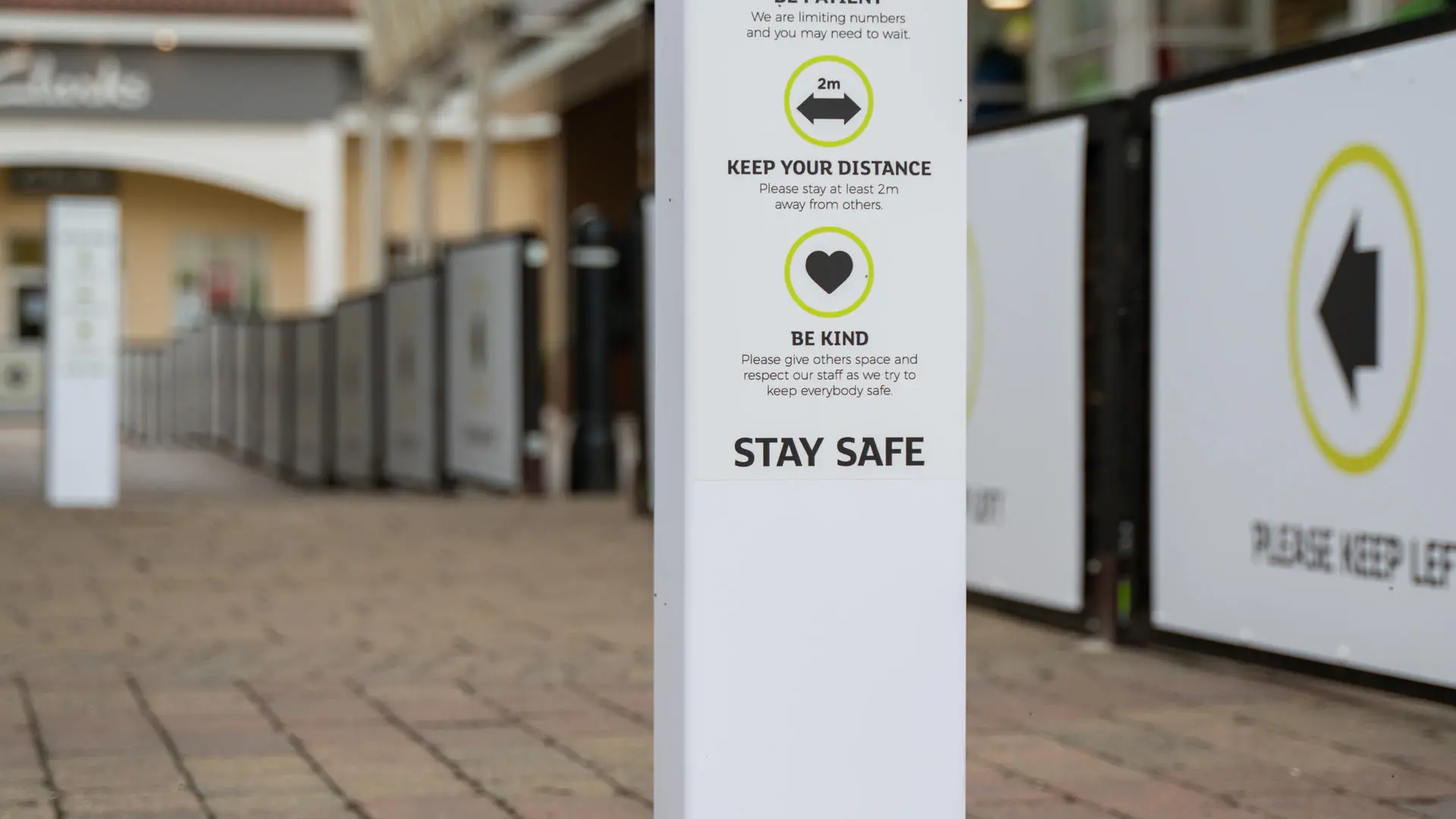Future Trends
How can our workplaces encourage optimal health and improve productivity?
A workplace evolution was already on the horizon, well before the pandemic hit in 2020. But since hybrid working has been accepted as the norm, mainstream dialogue on the topic has focused on the benefits of flexibility. Less has been said about the important factor of our health, despite it being understood that a well-designed office plays a significant role in supporting employee health and productivity.
Keen to examine the scientific evidence, we asked Ekkist – experts in designing and creating buildings that focus on enhancing human health and well-being – to explore to what extent our workplaces can encourage optimal health and improve productivity.
Ekkist brought together some of the most compelling recent research from recent years, and their final report – helping us feel great and perform better: Shaping tomorrow’s healthiest work environments – collates evidence including:
- One study showed that employees got an extra 46 minutes of sleep a night after working in offices with optimal daylight. Research has also shown a 12% improvement in performance in employees who moved from working in a poorly lit to a well-lit space.
- Step counts reduced by 27% during the pandemic, with many people forgoing the traditional commute when working from home. Physical activity has been linked to improved thinking, learning and judgement skills and one study even showed a 72% improvement in time management and workload completed on days when office workers exercised. All Landsec’s offices prioritise provision of facilities for active commuting, such as showers, lockers and bicycle spaces.
- 71% of people felt more energised and 60% more motivated when working in optimal lighting conditions. Landsec’s new developments are all fitted with well-designed lighting systems that use high quality, energy efficient, dimmable LED light fittings, to reduce eye strain and fatigue and minimise energy use. A study on office workers who converted to full-time home working during the pandemic saw lower back pain prevalence in 41% of respondents and neck pain in 50%, suggesting that many of us need a more ergonomic home set up.
In a world of work where flexibility is more important than ever, and some find home working works best for their individual circumstances; the report includes best practise case studies and tips for employers.
Take a look if you’re interested in how you can boost health and productivity for yourself and your colleagues when working in an office.
DOWNLOAD STORY
Shaping tomorrow’s healthiest work environments
7,157 KBYOU MIGHT LIKE

Reverse mentoring for an inclusive future

The outlook for London offices in a post-pandemic world

The return to the office has already begun

Post-pandemic London, eco-friendly offices and the future of the high street